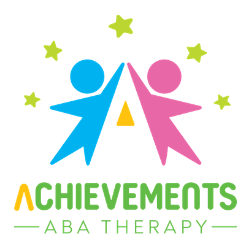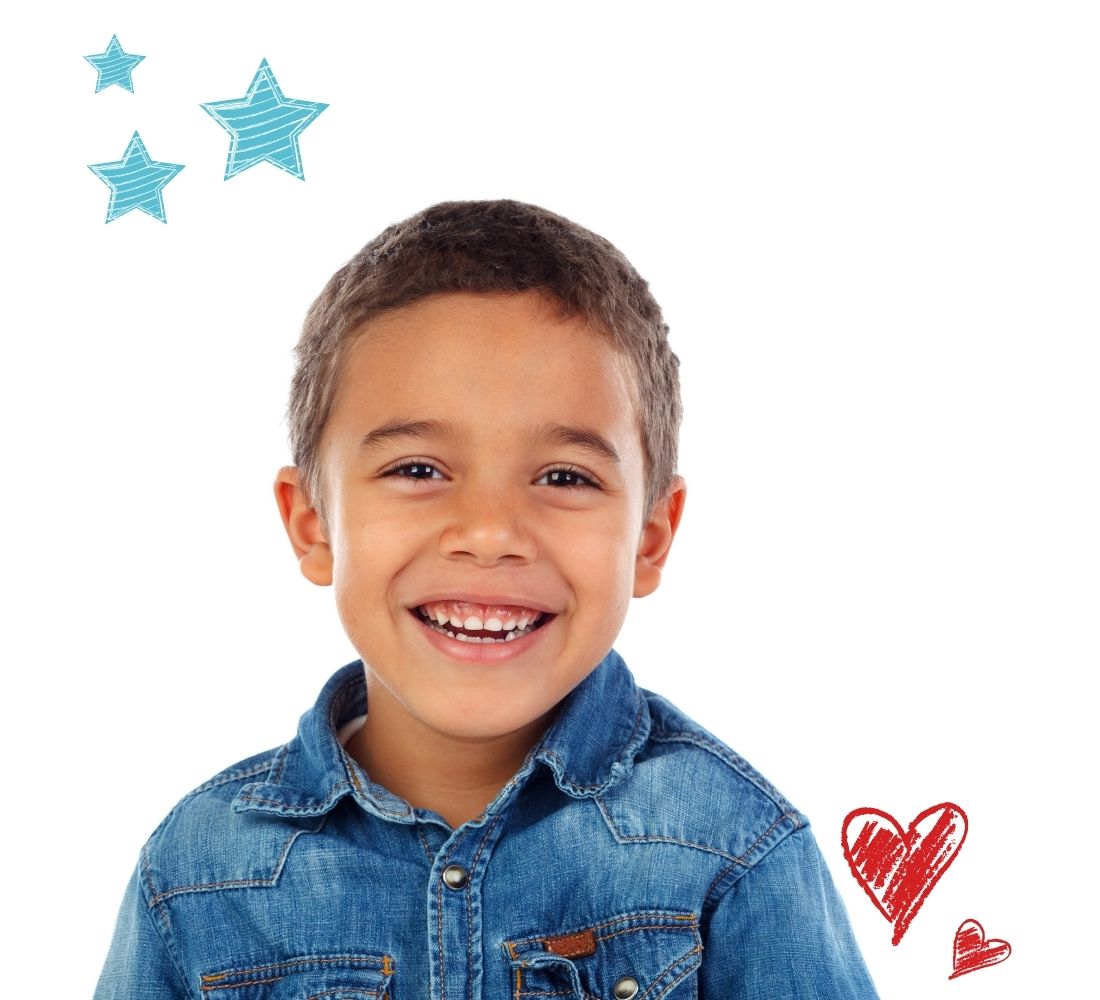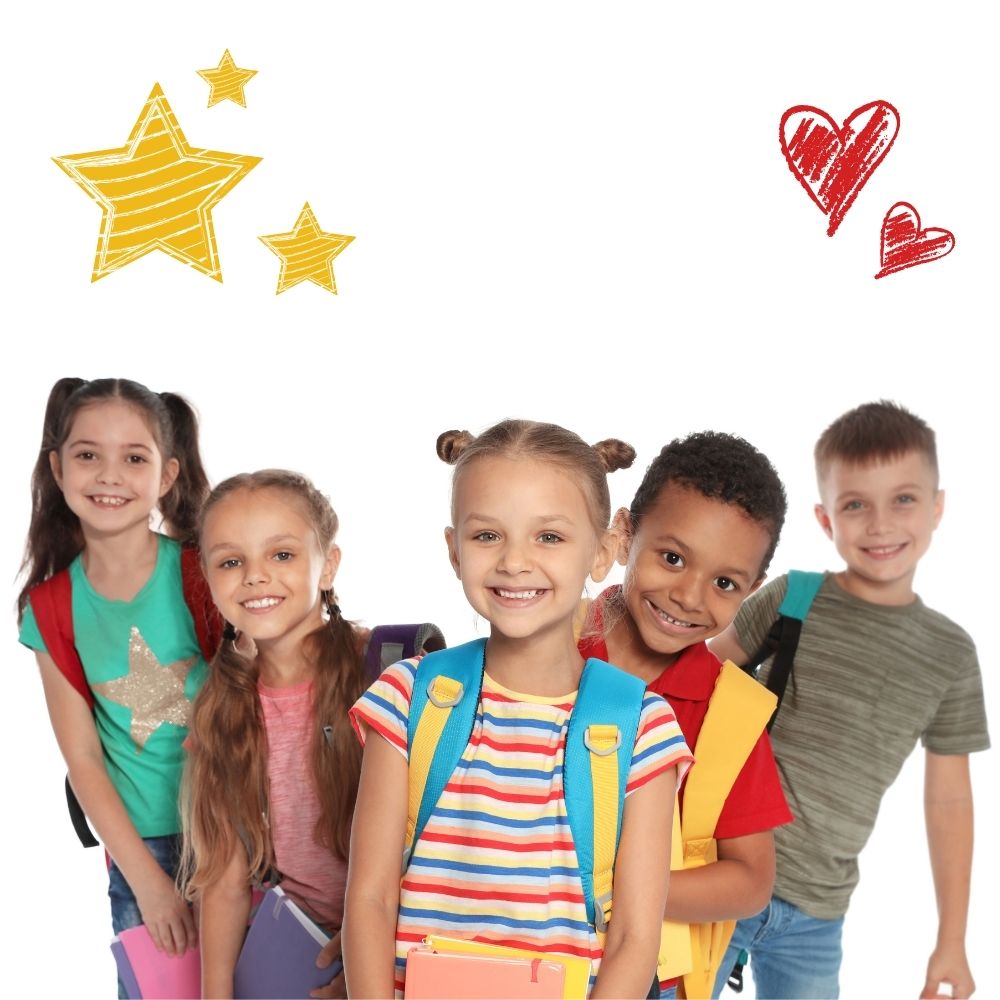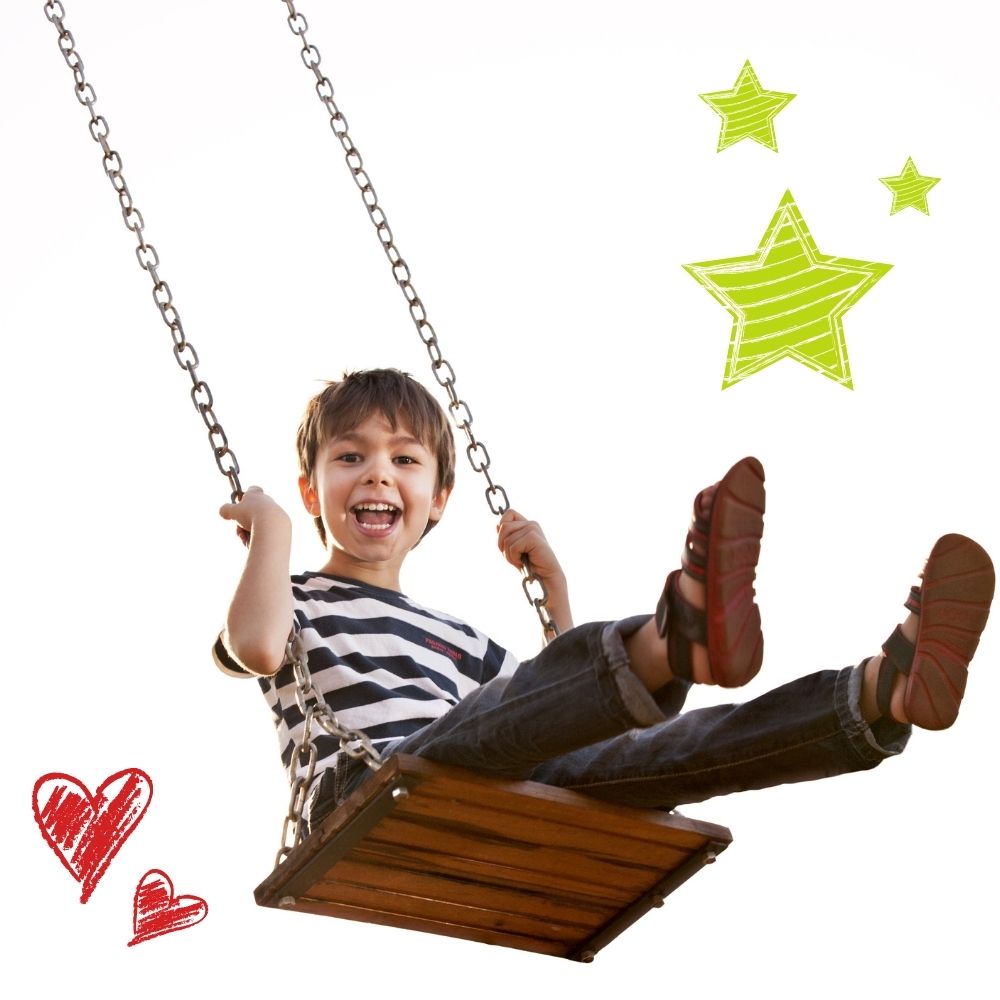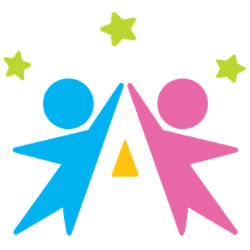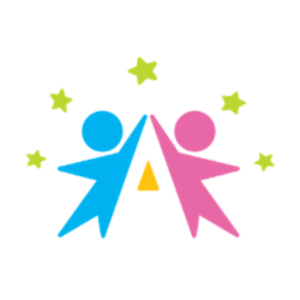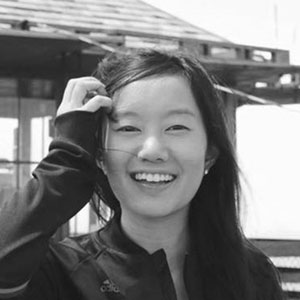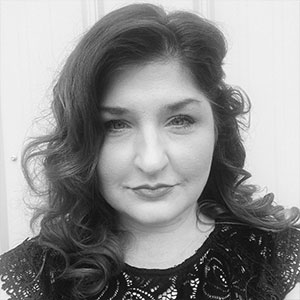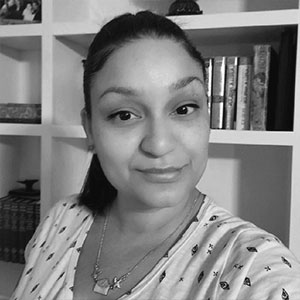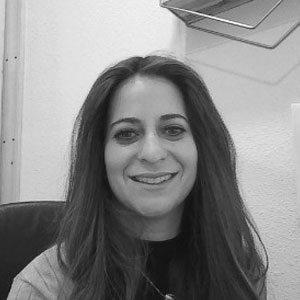Adina Reichenberg, MS Ed, embodies unwavering dedication and passion in her role as our Administrative Director at Achievements ABA Therapy. With a keen sense of purpose, Adina ensures that our core values of compassion, teamwork, excellence, and accountability are upheld in every facet of our operations. Her commitment to these values serves as the bedrock of Achievements, contributing significantly to our organization’s success and reputation as an industry leader.
In every interaction, Adina’s passion resonates strongly, reflecting her genuine commitment to our mission and the individuals we serve. Her leadership style is characterized by empathy, integrity, and a relentless drive to ensure that Achievements continues to make a positive impact in the lives of our clients and their families. Adina’s unwavering dedication to upholding our core values inspires and motivates our team to strive for excellence in all that we do.
As the heart of our organization, Adina’s contributions are invaluable in fostering a culture of compassion, collaboration, and continuous improvement. Her tireless efforts behind the scenes ensure that Achievements remains an incredible organization, dedicated to providing top-quality ABA services while making a meaningful difference in the lives of those we serve.
